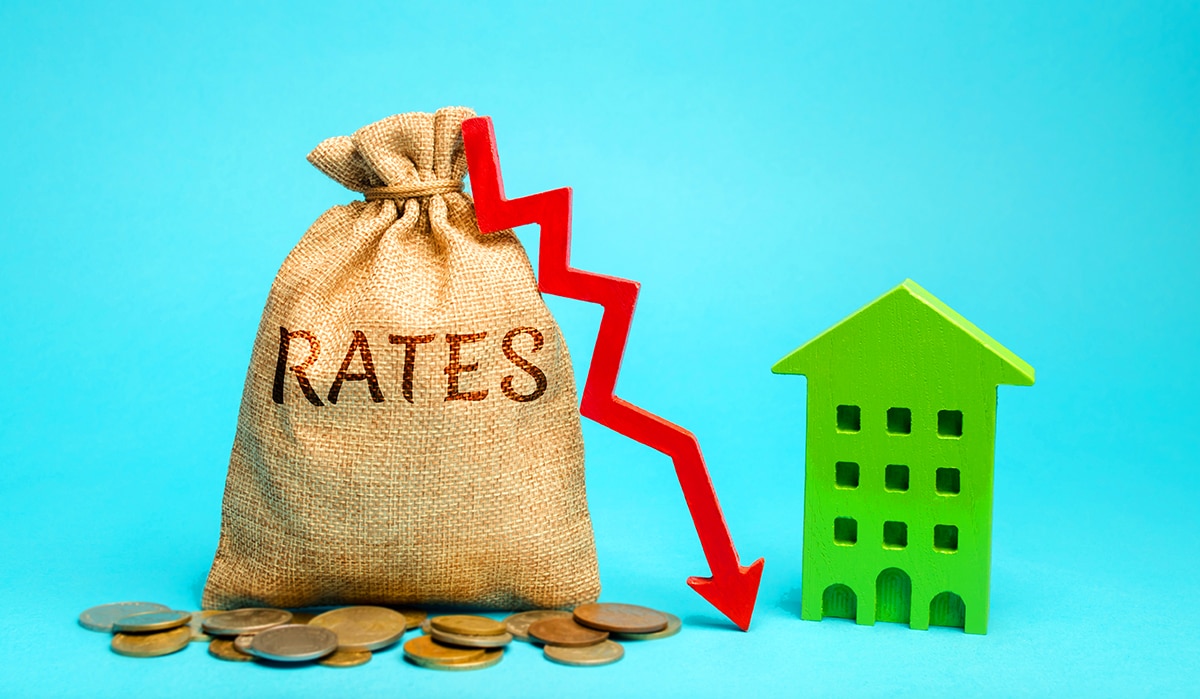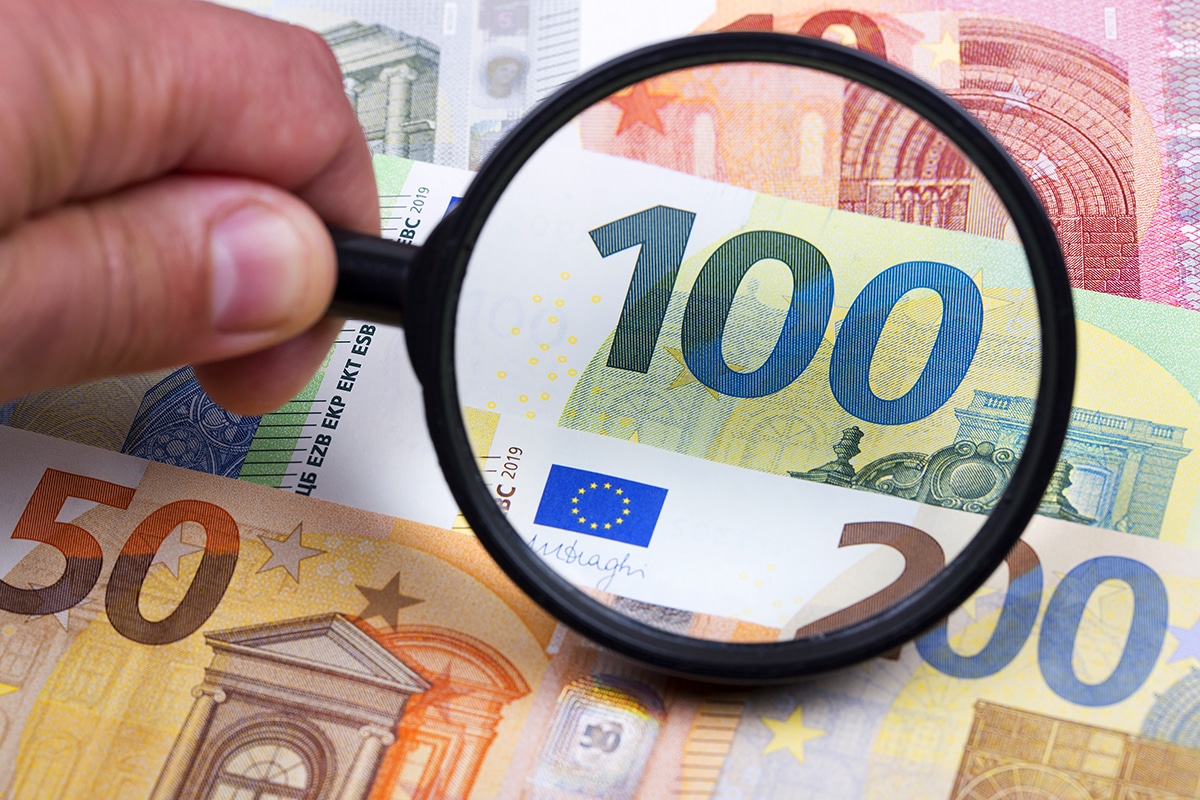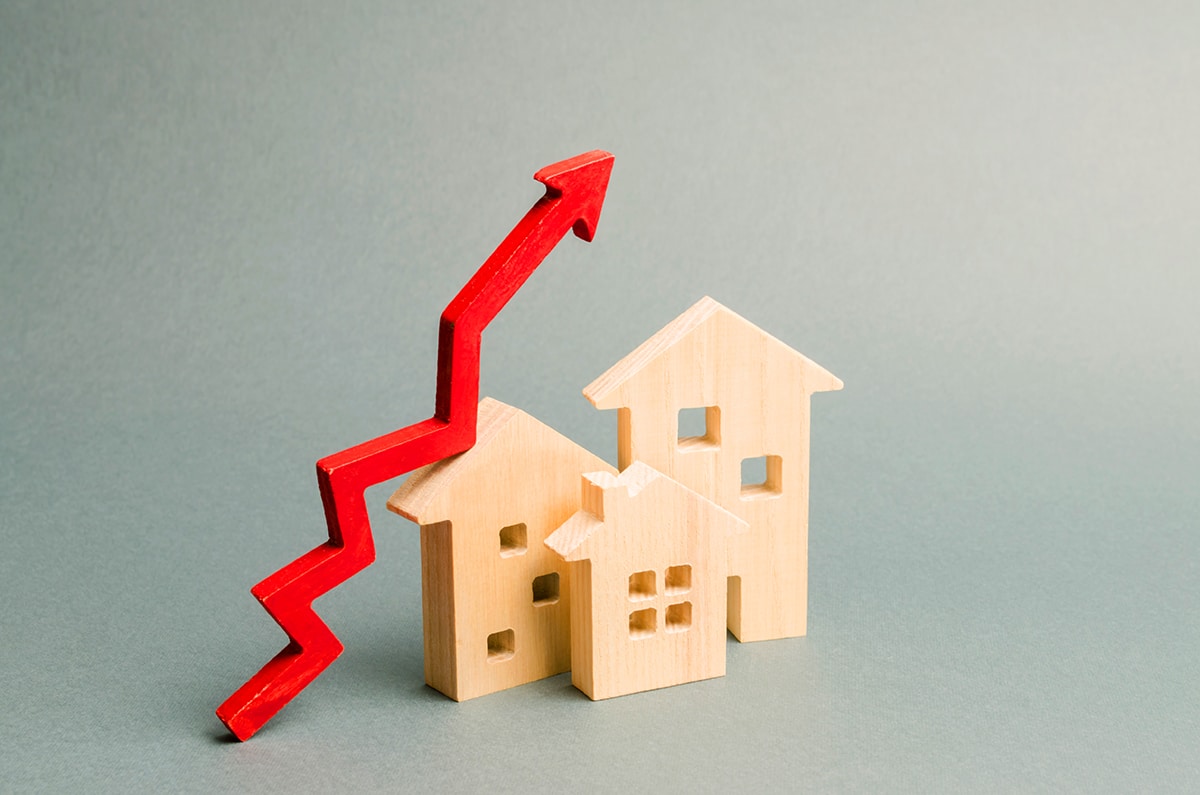
Without a doubt, 2021 looks to be a much better year than 2020. Vaccine programmes are underway, multi-billion aid packages are being rolled out across the EU and the US and major economies are gradually getting back on their feet. With the winds blowing in favour of positive change, many nations have revised their economic forecasts upwards. But, hand-in-hand with recovering economies goes a rise in house prices and inflation.
In many countries, inflation has returned to positive territory, albeit timidly, after sitting below zero for much of 2020. Analysts believe that inflation will continue upwards as the year advances, although most agree that its annual rise will be less than 2% in the Eurozone and US. However, even a small uptick in inflation translates to higher prices for most consumer goods including houses.
And then there are interest rates – will they remain below zero allowing the cheapest mortgages on record? Or will rising inflation and massive cash injections send them too into positive territory?
Whatever happens in 2021 – and after the tumultuous 2020, we’re reluctant to make any firm predictions! – the current circumstances make a compelling case for buying a property in Spain. And for making that purchase sooner rather than later. After all, inflation and interest rates have not been this low for years and with rising demand for property, it makes sense to buy now. Here’s why.
Rock-bottom interest rates
The Euribor base rate, used as the benchmark for Spanish mortgages, slipped below zero in February 2016. Since then, it has stayed on negative ground and reached its lowest level ever earlier this year when it fell to -0.505%, a record low.
With rock-bottom interest over the last five years and in 2020 in particular, homeowners in Spain have enjoyed some of the best mortgage conditions ever. Historically low-interest rates mean the opportunity to borrow more money for less. In January this year, although mortgage loans went down by 31.6% in year-on-year terms, the amount loaned rose by 13.5% to just under €130,000.
Since the start of the year, however, the Euribor has risen slightly and it reached the rate of -0.487% in March. A tiny shift but still upwards. And as mortgage holders know, even the smallest change in interest rates increases monthly payments. Not for nothing did fixed-rate mortgages account for 53% of the total in Spain in 2020 compared to 47% in 2019.
The result? Now is the time to think about getting a mortgage if you need one.
The possibility of a higher Euribor in 2021
General consensus points to the Euribor staying in negative ground throughout this year – some analysts go as far as predicting below zero rates for several years. However, whichever opinion you subscribe to, it’s an economic fact that interest rates remain low when economies need stimulating and inflation remains in check. And by extension, they rise when economies start running hot and house prices and inflation increase.
The European Central Bank (ECB) will base their rate decisions this year on the performance of the economies within the Eurozone. If recovery comes quickly and inflation rates start to rise above 2%, there’s every chance that the ECB will seriously consider higher interest rates.
The result? Getting a mortgage loan is likely to be cheaper now than later on this year.
An increase in money supply
Despite economic hardship, large sums of money have been saved by the Spanish and the country is set to receive enormous funds in the second half of the year. Consequently, there’s more money available to spend and with a new home at the top of Spaniards’ wishlists (see plans to move below), property will be a favoured purchase.
More money at household level
Although 2020 was an economic rollercoaster for many, the pandemic has increased household solvency in Spain. A recent survey by the consumers’ association OCH, found that 55% of households in Spain saw no decrease in their earnings last year. In addition, average solvency rose to 52.5%, up 3.8% on 2019.
The result? Spaniards have more to spend on property (and mortgage payments).
More money at national level
Spain is due to receive a massive injection of funds from the European Recovery Fund over the summer and autumn of this year. It has secured almost €140 billion from the fund, which totals €750 billion for the EU as a whole. €72.7 billion of Spain’s share will be available as grants and the remainder as loans.
Allocation of the funds is subject to structural reforms at national and regional level. But the fact remains that almost €140 billion will be injected into the economy.
The result? Increased economic activity means Spain and its inhabitants will have more to spend, increasing demand for property while pushing house prices and inflation upwards.
Pent-up demand
Despite dire predictions back in March 2020, the Spanish property market has not suffered nearly as much as analysts believed. Sales did drop across the country between April and October but picked up towards the end of the year. In Q4, the Costa del Sol registered the second busiest sales per 1,000 inhabitants in Spain after the Costa Blanca. And new-build sales actually went up during 2020 when they increased by 8%.
As the uptick in sales shows, the property market has seen an increase in demand. This is forecast to grow throughout 2021 on the back of restrictions being lifted and the population getting vaccinated.
According to a survey carried out in November last year by CENTURY 21 Spain, 65% of Spaniards expressed the desire to move house after the pandemic. The need for more space, indoor and out, is the main motivating factor.
Obviously, a significant proportion of the 65% will see their wishes curtailed by affordability issues. But there is undoubtedly pent-up demand in the market, which will start to push house prices upwards.
Furthermore, Spaniards remain firmly wedded to the idea of owning a home. The survey found that 9 out of 10 would prefer to own their home rather than renting. The principal reason for the majority (56%) was because they perceive homeownership as a future investment.
The result? Demand is likely to rise over the next few months as the effects of the pandemic recede.
House prices and inflation are rising
Successive lockdowns and closures of retail and hospitality establishments pushed inflation down in most countries during 2020. Spain was no exception – from March onwards, monthly inflation rates sat below zero. They ended the year at -0.5%, their lowest since 2014. Significantly, however, the inflation rate for fresh food remained well above zero in 2020 and at one point rose by 7% on the back of strong demand.
Inflation in Spain began this year by going up 0.5%. In March it went up by 1.3% translating to a yearly rate of 1.2%. Already almost 2% higher than December. The Bank of Spain forecasts average inflation of 1.4% this year.
The result? Prices for consumer goods including property are already more expensive now than they were in January and they are likely to be even more expensive as 2021 progresses.
Prices have fared reasonably well too. The latest Tinsa quarterly price report for Spain (Q1 2021) found that 12 months after the onset of the pandemic, house prices in Spain have risen by 0.5% in the year. The figure indicates stability in the market.
Numerous provinces registered steady increases from 4.8% in the Balearics and 4.7% in Tenerife to a more moderate (but still positive) 2.1% in Murcia and 0.3% in Malaga. Prices rose in coastal provincial capitals generally as well. Against a backdrop of an average of 0.5% in Spain as a whole, property in Alicante went up by 7.7%, in Santa Cruz de Tenerife by 7% and in Malaga by 5.1%.
The result? Property prices in desirable parts of Spain are moving higher.
Why buy now – it makes sense
When all the factors are taken into consideration – low-interest rates, more money in circulation; pent-up demand in the market; and an upward trend in house prices and inflation – they make a compelling case to buy property in Spain now.
A timely purchase will allow you to make the most of the current situation and turn it to your advantage. Buy now to ride the inflation wave and reap the rewards of your return later on.
And meanwhile, of course, you can enjoy all the other benefits that go hand-in-hand with buying a home in Spain, namely, a great climate (i.e. at least 300 days of sunshine a year), excellent connections with the rest of Europe, an alfresco lifestyle and first-class facilities and amenities. Contact me today and let’s start the process of finding your dream home in the sun.









